Ron Griswell launches HBCUs Outside to share his love of the outdoors
Editor’s note: In recognition of Black History Month and throughout the year, we are honored to celebrate Black leaders like Ron Griswell who are making the outdoors more inclusive and diverse.
In September 2020, Ron Griswell launched a non-profit to connect students at America’s Historically Black Colleges and Universities (HBCUs) to outdoor experiences and careers. HBCUs Outside has been a labor of love, years in the making. Ron would say it’s been in the making since his childhood.
Inspired by Nature
One of Ron Griswell’s earliest memories comes from a road trip. Strapped into a carseat, he recalls looking out the car window and seeing layers of greens and blues, misty and beautiful, stretching out to the horizon. “I didn’t know what I was seeing, but I wanted to be there, to get out of that carseat, to get closer.” It turns out his parents were taking him and his younger brother on a drive through the Blue Ridge Mountains. Ron remembers the feeling of awe inspired by the landscape and can see images from that trip as clearly as being there, decades later.
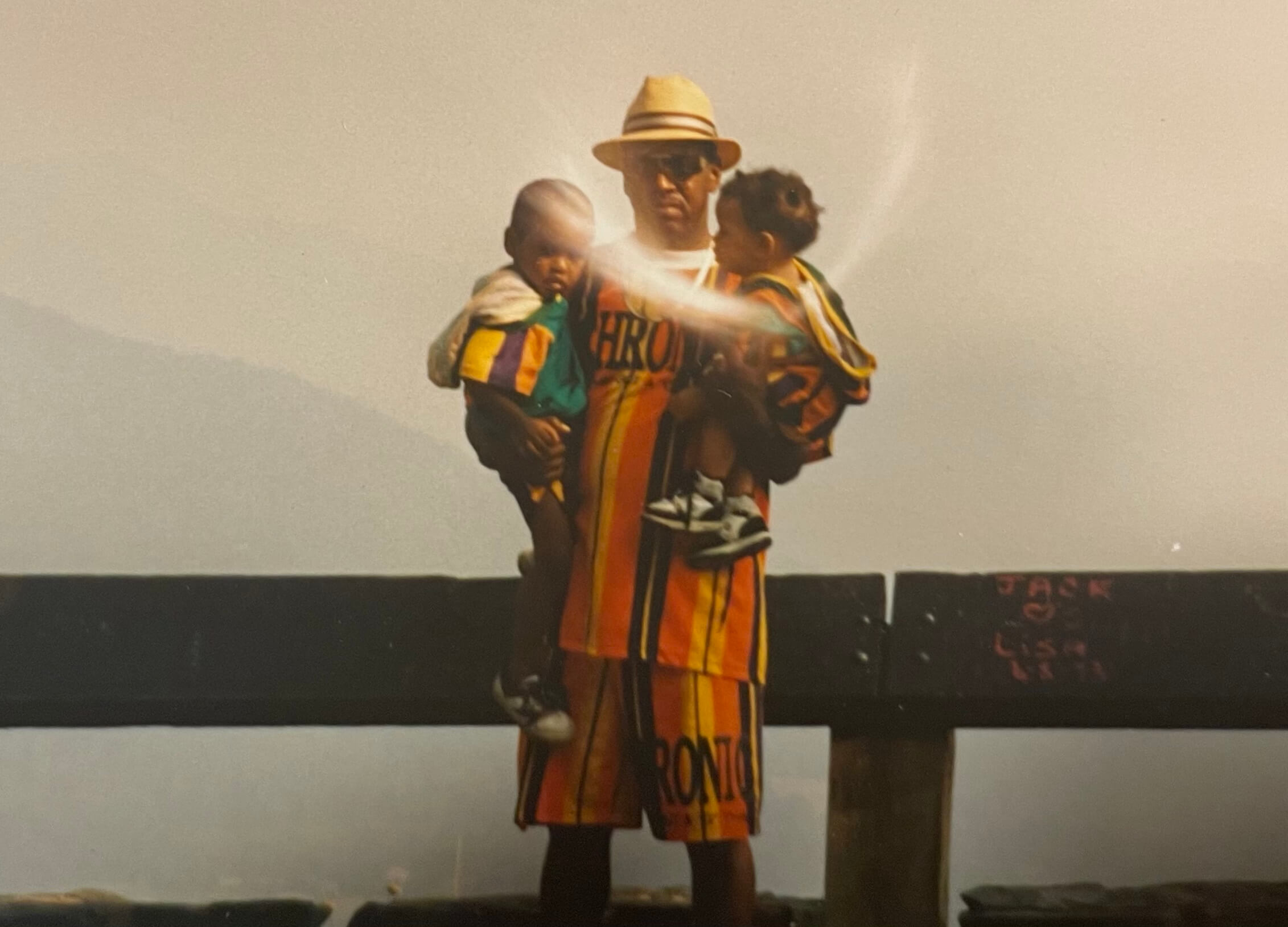
Ron with his father and younger brother along the Blue Ridge Parkway, circa 1993
Ron was born and raised in the small coastal plain community of Elizabeth City, North Carolina, home to Elizabeth City State University—an HBCU attended by his father and founded in 1891 to train Black teachers. The Pasquotank River runs through town, having wound its way through wetlands, longleaf pine ecosystems and maritime forests on its way to the Atlantic. Just north is the Great Dismal Swamp, once a sanctuary for enslaved African Americans seeking freedom and an important landmark in the Underground Railroad. Ron grew up on the outskirts of the city, immersed in these habitats.
Throughout childhood, Ron lived what he calls a country lifestyle, “rummaging around in the woods with friends, catching crawfish, exploring.” His family’s home was situated on a couple of acres; his neighbors raised sheep, chickens and hound dogs. He spent a lot of time at his grandparents’ home, even further from town and surrounded by lush green fields and forests. He loved Indiana Jones and Tarzan movies; he checked out National Geographic documentaries as soon as they hit the local library. He was attracted to things that brought back the feeling of awe he’d experienced in the Blue Ridge Mountains. He was a small town kid, craving big adventure.
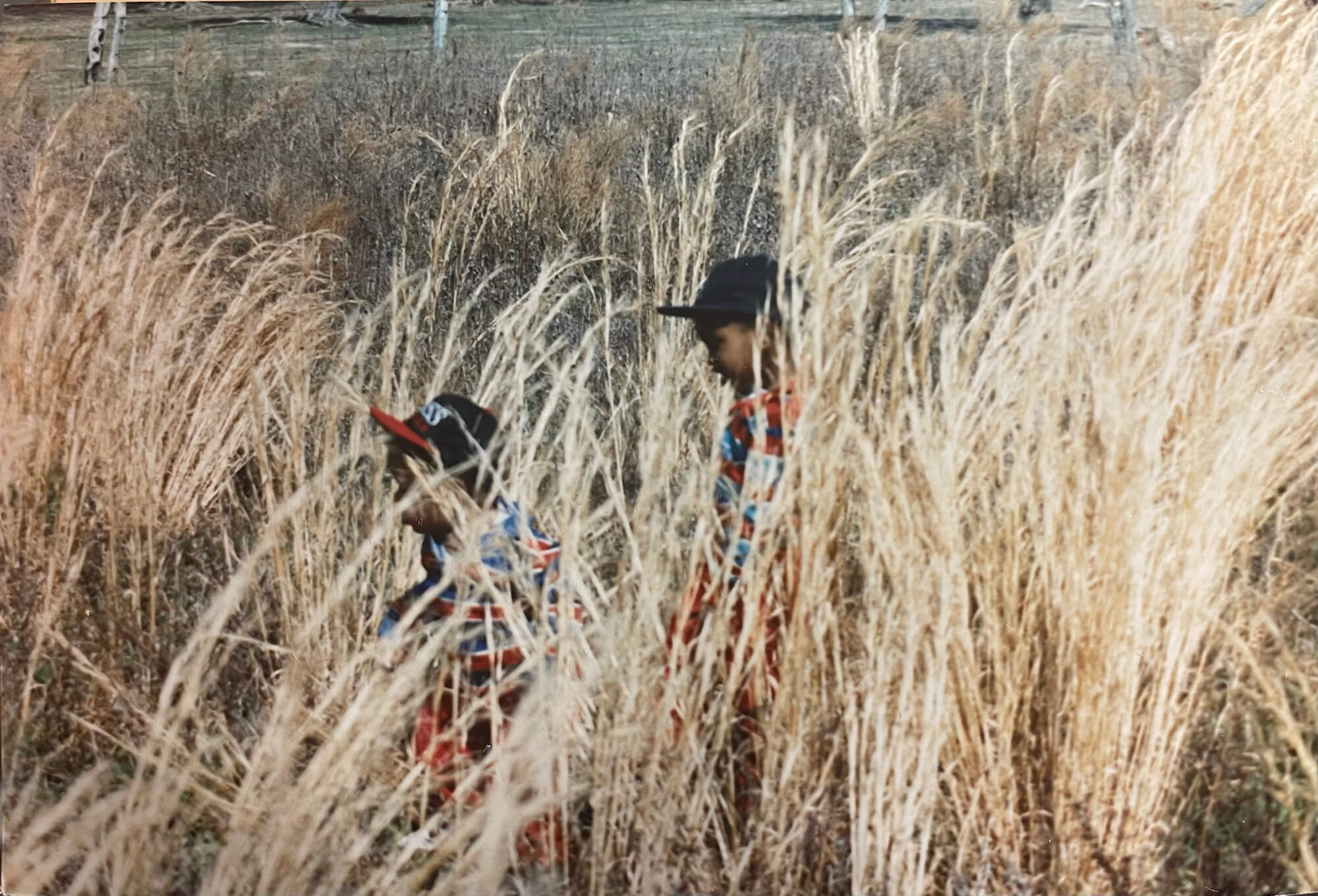
Ron at play in his backyard, Elizabeth City, NC, circa 1996
His best memories from this time are mostly outdoors, ranging from the serene—laying in a field at the end of the day, watching the sky and talking with friends—to the exhilarating. “We rode bikes everywhere and there was this neighborhood dog that was always loose and waiting to get us,” he explains. Ron’s clever solution was to grab bologna from the fridge and throw it to the dog as he raced by at breakneck speed. “It was important to remember to bring enough bologna for the ride home,” he laughs.
Experts know that this type of unstructured time in nature contributes to optimal development in children. Ron will tell you these experiences were the building blocks of who he was meant to become.
He had his first real sense of this while attending Betsy-Jenn Penn 4H Camp the summer before eighth grade. “I loved everything about it, especially flipping the canoes and coming up into that quiet, dark airspace under the boat.” He loved sharing stories around the campfire, finding giant Lunar Moths, hearing the morning bell and racing to breakfast. These experiences felt like the start of something, “like I was being pushed in the direction of my dreams.” And he thought to himself with remarkable clarity for a pre-teen: “I need to be a camp counselor.”
On being Black in the outdoors
Things changed in high school. His identity as an outdoors person was challenged as he became more and more aware that Black people were not well-represented, and not always welcome, in the outdoors. There were the comments from his peers, some subtle, some direct. “When I talked about the outdoors, the oreo joke came up—black on the outside, white on the inside.” He remembers well-intended comments from elders at his Baptist church: “Be careful out there. There are situations you don’t want to get caught in as a young Black man.”
He found it easier to spend time in the woods on his own, where he saw few people of color. As time went on, he went out less and less, and when he did, he was hypervigilant. He started running, “but I dressed like the white cross country runners as a form of camouflage, to be safer.” He felt torn between “black activities and white activities.” His outdoor childhood “didn’t match up with what I was hearing and seeing about what my identity as a Black American should be,” he says.
The lack of diversity Ron was experiencing is reflected in statistics from the National Park Service and other federal agencies. Nearly 70 percent of people who visit national parks, forests and wildlife refuges are white. The 2019 Outdoor Participation Report tells a similar story: Caucasians made up more than 70 percent of outdoor participants, followed by Hispanics at 10.7 percent. Participation of Black Americans in the outdoors, which had risen in 2016 and 2017 to 9 percent, was on the decline.
But this lack of representation didn’t mean Black people and other people of color weren’t out there. In 2016, the Next 100 Coalition, a cross-sector group working to bring more diversity to national public lands, surveyed people of color and found deep support for and interest in America’s parks. Seventy percent of respondents said they participated in outdoor activities regularly; nearly 60 percent said they had visited public lands.
Despite such evidence, stereotypes persist that people of color don’t participate in the outdoors. In an Outside Magazine article titled We’re Here, You Just Don’t See Us, Latria Graham writes that “African Americans don’t always go where white people do.” Places like swimming pools, beaches and parks used to be segregated and some outdoor activities were out of reach if you were poor or lived in an inner city. Graham continues, “National parks weren’t especially welcoming, either; many were created as an escape from urban sprawl, at a time when urban was shorthand for blacks and immigrants.”
A time of transition
In 2009, Ron moved to Greensboro to attend North Carolina A&T State University, the largest HBCU in the U.S. He rarely spent time outdoors. As an international business major, he wanted to fit in on the big-city campus steeped in civil rights history and ranked as the nation’s top producer of African American engineering graduates. It was a long way from “rummaging around in the woods” outside Elizabeth City. Life fell into a routine, predictable and not particularly inspiring. His grades reflected this.
Fast forward to 2011 and a service learning trip to Belize. “Somewhere in me was still the desire for adventure, but most of the decisions I’d made in college didn’t reflect that,” he says. “Until Belize.” Ron, who had never left the U.S., was suddenly living his National Geographic-inspired childhood dreams, bouncing through the jungle in a rickety bus on the way to Punta Gorda, once again awed by the incredible landscape outside his window.
It’s hard for Ron to summarize his experiences in Belize, but between bushwhacking through the jungle, paddling mangrove estuaries, and close encounters with manatees, dolphins, alligators and a barracuda, he says he’d never felt so alive. He was inspired by the people he met, who had a “very simple and relaxed way of living, connected to each other and the place they lived, not things.” In Belize, he thought, “I am doing what I am supposed to be doing.”
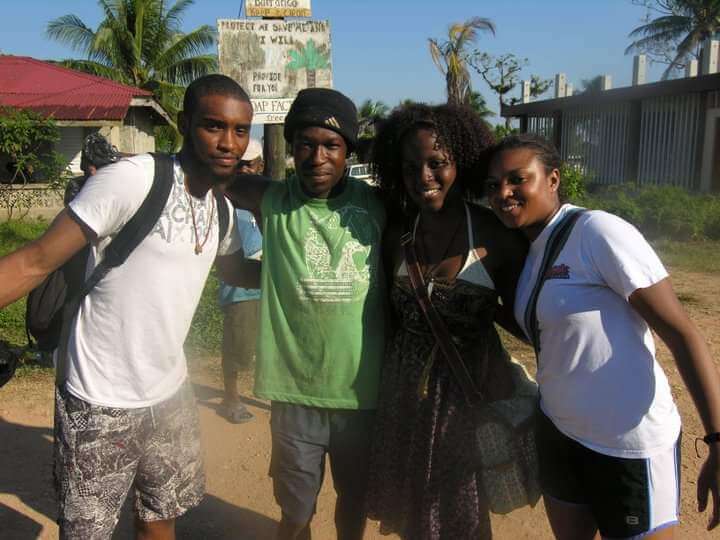
Ron's service learning trip to Belize
And then it was over. “I had been living in a movie set, and the movie ended.” Back at A&T, he became depressed and his grades worsened. But volunteering became a bright spot—he helped more than 100 college students complete required community service hours—and he started to find his way back to the outdoors, with a little help from his friends.
Ron started hiking and mountain biking every week at Greensboro’s Bur-Mil Park with a couple of friends, including Mike James. Ron and Mike met during A&T freshman orientation. Like Ron, Mike spent his childhood outdoors in a small North Carolina town. He, too, missed that lifestyle. “Once we figured out we had the outdoors in common, we had so much fun,” Mike says. He noticed a change in Ron after Belize. “He’d made a mental switch, in a good way. He was living his future.”
But spending time outdoors with friends could only do so much. Ron knew he needed to “make a radical change.”
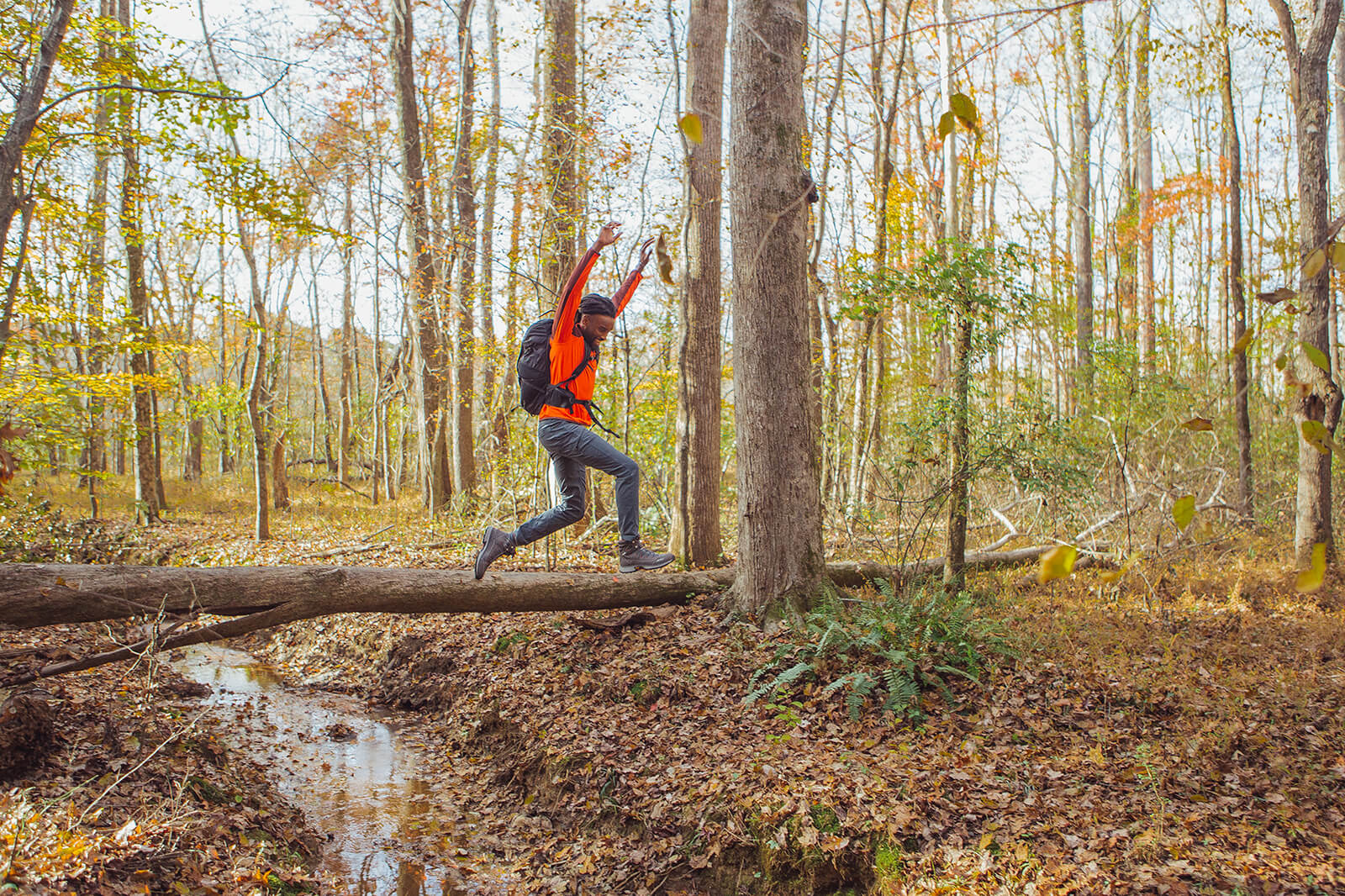
Ron Griswell, Photo by Alycee Byrd
A leap of faith
While looking for summer jobs, Ron came across a trail guide position with Wilderness Inquiry, a Minnesota-based nonprofit offering accessible wilderness trips for people with disabilities. He approached his A&T advisor, Sharon Hoard, for a letter of recommendation. “She knew how bad my grades were. She knew that I didn’t have the experience they were looking for,” says Ron. “But she knew about my community service work and she believed in me.” With her help, Ron contacted Wilderness Inquiry program manager, Josh Garubanda.
On paper, Ron lacked experience and important first aid certifications. “But he had a very charismatic personality,” says Josh. “I’ve learned that if you don’t have the hard skills, I can teach you. But soft skills? I can’t teach those.” According to Josh, soft skills can make or break a trip. “There are so many challenges that can come with guiding group wilderness trips, like weather, illness and injury,” continues Josh. “Having someone who can facilitate the intangible things—fears, discomfort, group dynamics—is a powerful tool. It fosters a safer, better environment for all. And when people feel safe, they grow.”
Josh offered Ron a summer trail guide position. Ron accepted, with a twist. “I said yes, but if you’ll have me, I can be there in two weeks.” Josh agreed.
Ron had to tell his parents he was leaving A&T for an internship in Minneapolis that would lead to a seasonal job as a trail guide. “Of course they wanted me to stay in school, but they supported my decision,” he says. “I was leaving my safety net. I felt unsure. Which told me I was doing the right thing.”
And this is where the radical shift comes in. Within two weeks, he gave away most of his belongings, sublet his apartment, and flew to Minneapolis. He arrived on a below-zero day in late January. “The cold was a huge shock,” says Ron, “but I was even more surprised to see Josh. He was a Black guy, in a leadership role, running this outdoor program!”
Josh laughs at this. “I always assume that when people hear my East African last name, they know I’m Black, but it reminds me of how uncommon it was to find Black people working in outdoor organizations at that time, especially in management.”
Ron dove headfirst into the Wilderness Inquiry ethos of making the outdoors accessible. His first adventure was a dog sledding trip in the Boundary Waters Canoe Area. Participants needed to be pulled in pulk sleds across a frozen Boreal lake to a winter base camp. “After getting over the fact that my beard was frosted white and that I was actually walking on a lake, so many things came into perspective,” says Ron. “The snow was glistening, the sun was setting, the shadows were getting long. Everything had this golden hue. And I realized that I was helping someone else experience this with me; it was a powerful and humbling moment.”
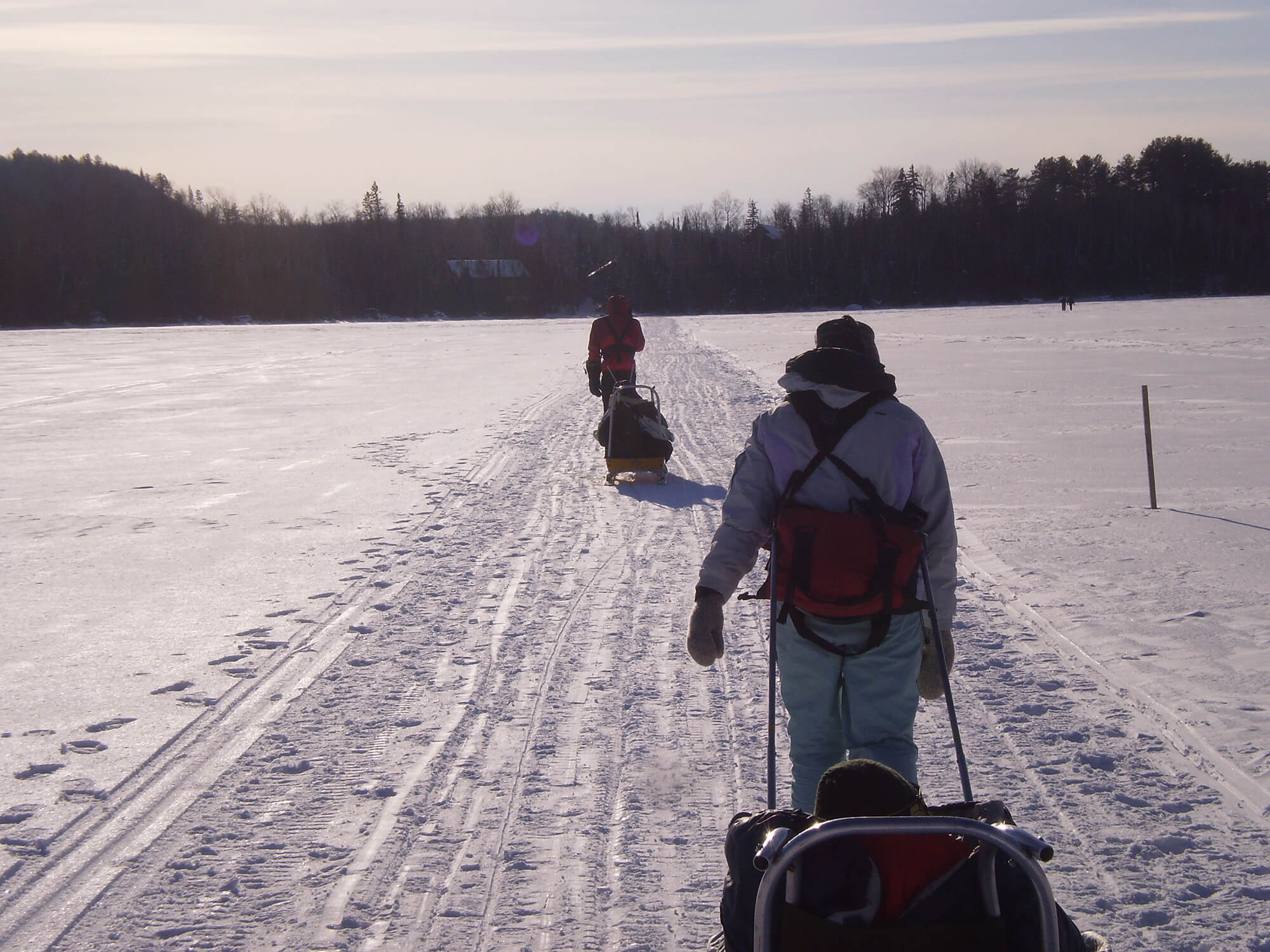
Wilderness Inquiry disabilities dog sledding trip
Over the next few years, Ron went on to guide many life-changing adventures with Wilderness Inquiry. He also worked closely with Josh on Wilderness Inquiry’s Canoemobile program, which brings outdoor learning and paddling adventures to inner city youth across the U.S. “When we brought the Canoemobile into communities, it was important for brown and Black kids to see people who looked like them leading these trips,” says Josh.
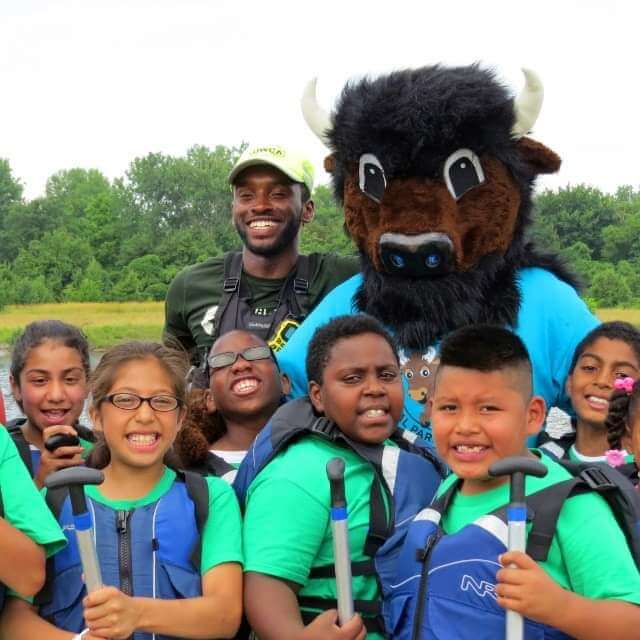
Canoemobile kids, Anacostia River, D.C.
“I remember what it was like to be the only Black guy doing outdoor programs,” Josh continues. “But now there are more people of color working in the outdoor industry. You can find stories of Black hikers, kayakers and climbers that you couldn’t find ten years ago. We were always out there, but we weren’t connected. What Ron is doing with HBCUs Outside, with his influence on social media; this is what I hope the outdoor industry will start to reflect.”
Building a legacy at HBCUs
Following Wilderness Inquiry, Ron worked for Environmental Travel Companions out of San Francisco. Around that time, he also met his future wife, Linea Johnson. He began to consider how he might work in the outdoors beyond the nomadic life of an outdoor guide. In 2016, with Linea by his side, he decided it was time to finish his degree. He realized he’d had to move across the country to find his calling. Knowing he wouldn’t find outdoor activities back at A&T, he wondered, “How can I take these experiences that mean so much to me and share them?”
He heard familiar comments from peers and the university. “No one at this school is going to be interested in these things; this isn’t what Black people do.” But Linea believed in his vision, and so did Xavier Carrington, director of intramural sports. “Xavier understood and saw the need. He helped me create A&T’s first outdoor program coordinator position.” Ron started introducing students at America’s largest HBCU to outdoor activities, from river kayaking to hiking and cabin retreats. He built a partnership with nearby University of North Carolina Greensboro, which in recent years had built a rock climbing gym.
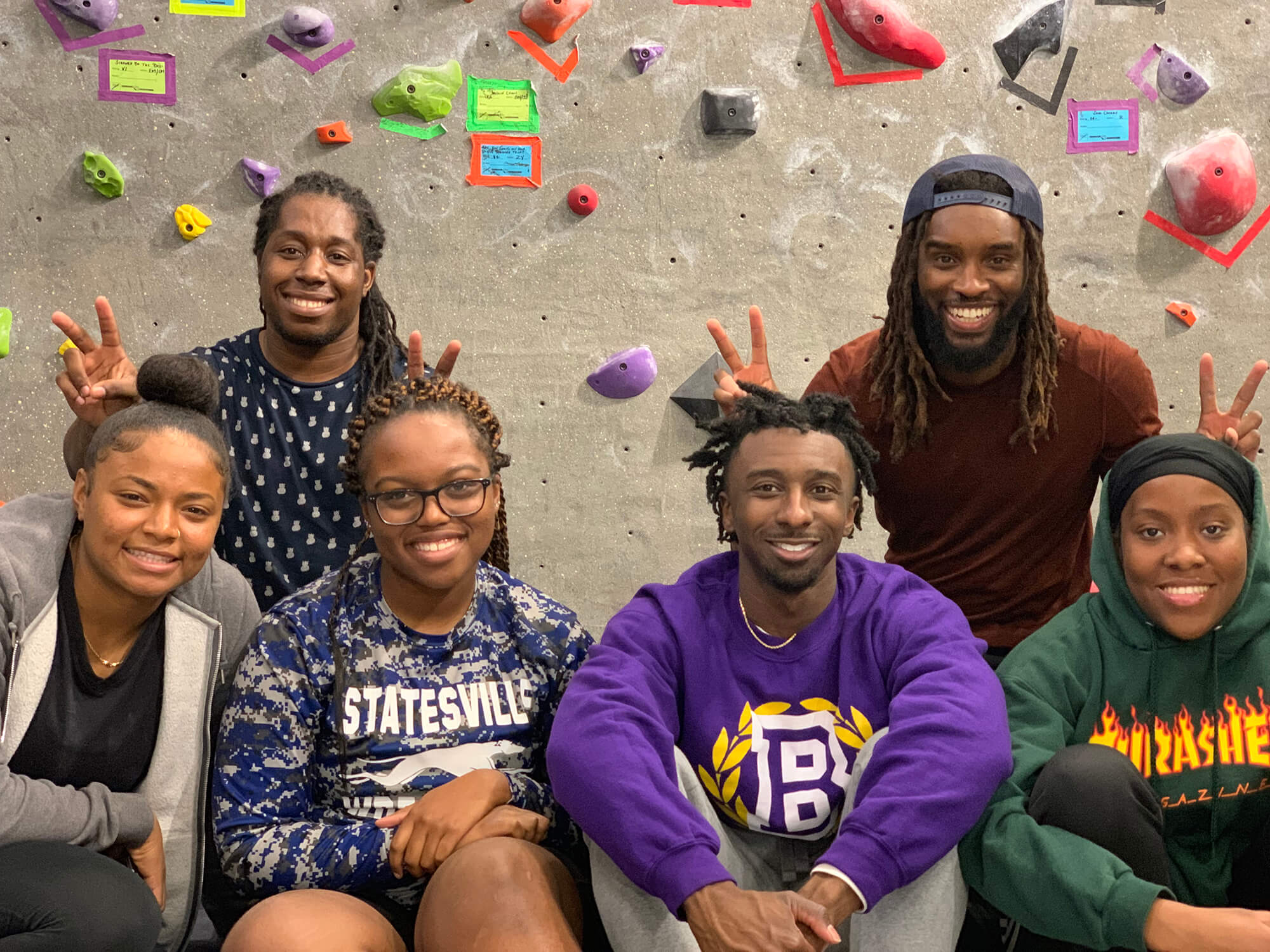
Outdoor programing partnership between NCA&T and UNCG
Ron continued to build relationships and started researching outdoor recreation at other HBCUs, learning that none had official outdoor programs or outdoor clubs.“There had been interest for many years, but not much progress,” says Ron, noting that in the early 1990s, HBCUs were looking for ways to improve the health and wellness of their primarily Black students through intramural sports and recreation programs. But according to a 1991 white paper written by Noah Thorpe of Temple University, other than walking, none of these programs were specific to the outdoors. More than 25 years later, not much had changed. A 2018 review of outdoor recreation programs at HBCUs by Cameron Jamal Woodrow Smith found that “students associated various outdoor activities with whiteness” and that the association of whiteness with outdoor spaces was a deterrent to involvement.
Smith’s 2018 paper also indicated the importance of companionship, noting that African Americans without a companion are twice as likely to not participate in outdoor recreation (Johnson et al., 1998). Ron knew part of the reason he’d found his way back to the outdoors was through friends with similar interests like Mike James, and through mentors like Josh Garubanda. He’d also had an opportunity to participate in outdoor leadership training, led by Juan Martinez and CJ Goulding with the Children & Nature Network. “I was inspired by how Juan and CJ created a sense of belonging,” says Ron. “It was a safe space for me to own my interest and my place in the outdoors.” His vision for creating outdoor clubs at all HBCUs began to take shape.
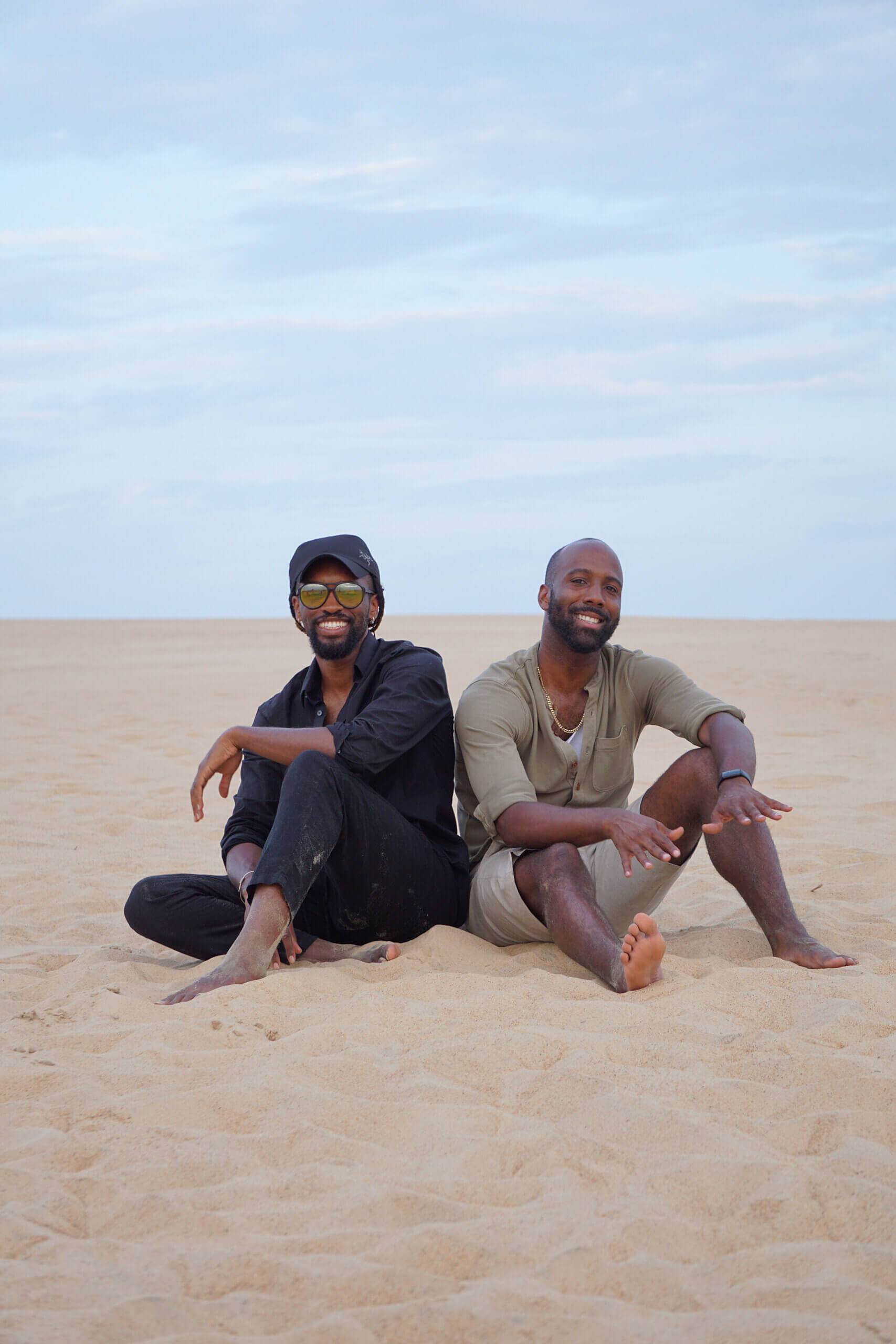
Ron and CJ Goulding, Jockeys Ridge State Park, Nags Head, NC
Throughout 2018, Ron refined his mission and assembled supporters and volunteers. By this time, many organizations were talking about diversifying the outdoors, developing five- and ten-year plans. Ron saw HBCUs as a pathway to bringing outdoor experiences and career pathways to young people of color more quickly. “I knew we could bring experiences to them, just as they are, and not put the ‘costume of the outdoors’ on them,” he says. He started contacting colleges and universities and HBCUs Outside was born.
Today, HBCUs Outside focuses on creating easily accessible outdoor experiences near campuses; providing gear lending libraries; and offering opportunities for more adventurous expeditions that require travel. The organization also recruits and mentors students to organize outdoor clubs on HBCU campuses, with a goal of bringing outdoor programs and student-led clubs to all 101 HBCUs in the U.S.
“College is a critical time to build affinity for the outdoors, when people are becoming independent and are so open to new experiences,” says Ron. “Looking forward, we need to make sure that in 2045, when people of color are the majority in the U.S., that there is a deep connection to the outdoors. We need this in order to have healthy lifestyles, healthy people and a healthy planet.”
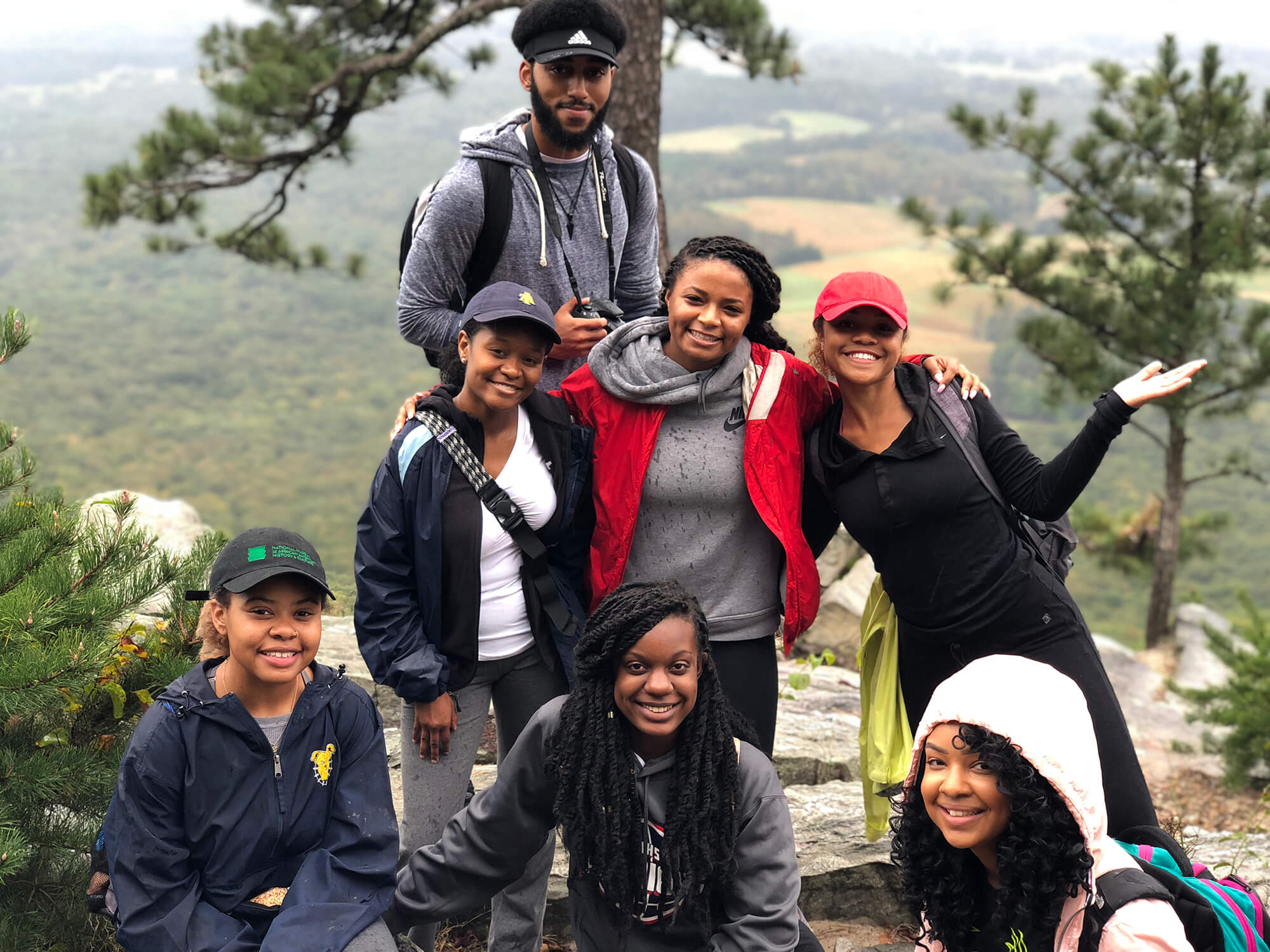
HBCUs Outside, A&T Outdoor Program, Pilot Mountain State Park
Follow Ron and HBCUs Outside:
HBCUs Outside Instagram
HBCUs Outside website
Ron Griswell Instagram
Ron Griswell LinkedIn
REFERENCE MATERIAL
Wildland recreation in the rural south: An examination of marginality and ethnicity theory. Johnson, C. Y., Bowker, J.M., Donald, B.K., & Worthen, D. (1998). Journal of Leisure Research, 30(1), 101-120.
Race, Identity, and Belonging: Examining the Importance of Recreational Sport in the Lives of African American Students at Historically White Institutions by Keith Patrick Howard, North Carolina State University, 2017
The Identification Of Campus Recreation Or Intramural Programs Offered At Historically Black Colleges And Universities To Address The Major Health Problems Affecting African-american College Students. Author Noah H. Thorpe, 1991, Temple University
The Importance Of Outdoor Recreation Programs For Students At A Historically Black University: An Examination Of Outdoor Recreation Experiences And Barriers To Participation. Author Cameron Jamal Woodrow Smith, North Carolina Central University, 2018
2 Comments
Submit a Comment
-
Network News
POLICY UPDATE: Policy and advocacy for the children and nature movement
-
Voices
Binoculars, bald eagles and my journey as a Black birder
-
Richard Louv
THE WONDER BOWL: Ten Spring and Summer Nature Activities for Kids and Adults
-
Network News
Minneapolis Spotlight: The promise and possibilities of parks for youth
-
Voices
Why nature is my motherhood ally


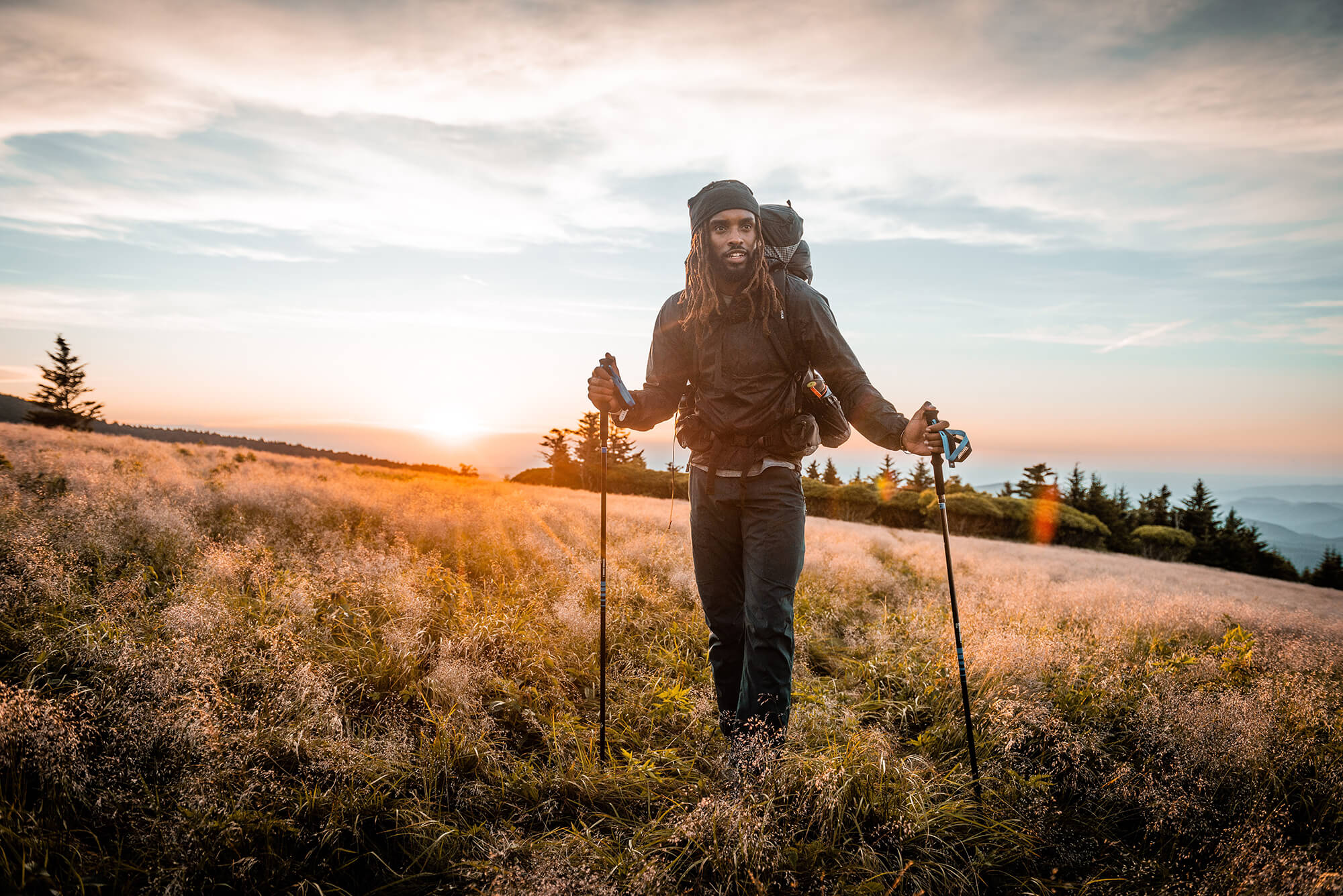
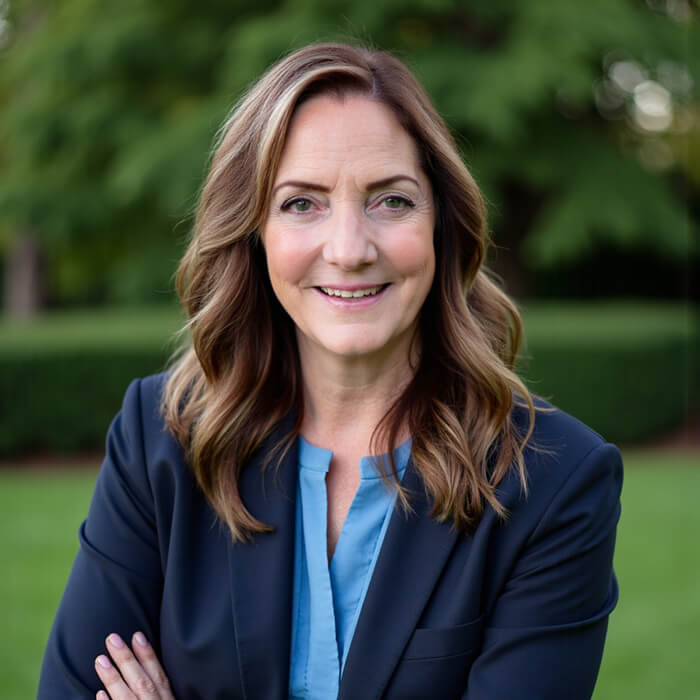
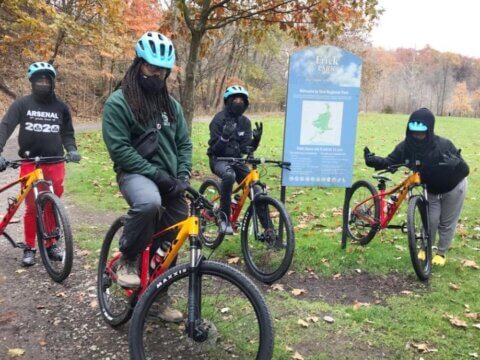
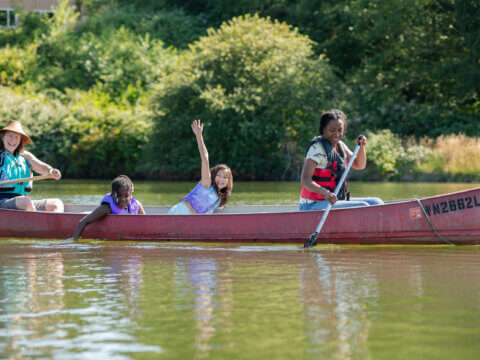
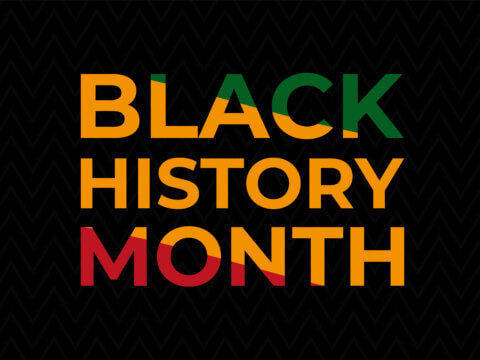
“Building a Legacy” is a wonderful and inspiring article. And it reminds us that we shouldn’t pigeon-hole and stereotype people. I can’t wait to expose my baby granddaughter to the outdoors, including hiking, skiing and swimming. It doesn’t matter if she’s black — we all deserve all the exposure we can get. Thanks for the great read!
Thank you, Clarence. We are inspired by Ron’s work, and by people like you who are sharing their love of the outdoors with the children in their lives.